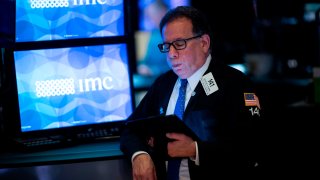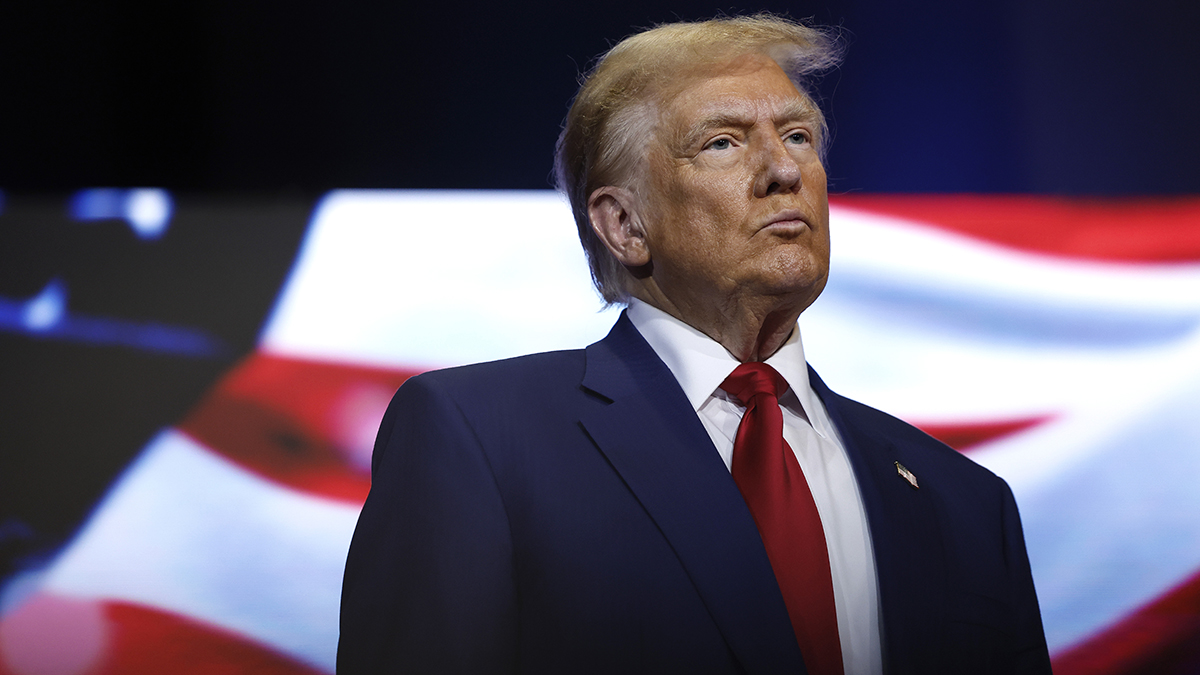
What would happen if the New York Stock Exchange floor is forced to closed?
For decades, the NYSE has had contingency plans to continue to operate in the event the floor might have to close. At one point, there was even a “mirror” floor in Brooklyn.
Today, the NYSE has plans to continue to operate electronically should the floor need to close. Last weekend, the NYSE conducted a test of its trading systems to ensure they could open electronically without the floor.
How would the NYSE do that? NYSE President Stacey Cunningham, in an interview Thursday, emphasized there were no plans to close the floor yet but said containment steps had already been taken.
“There’s a spectrum of plans that we could roll out at any time,” she said. “And so, we’ve already taken some steps to limit exposure in the building just by separating people and separating communities, so that the people on the trading floor aren’t interacting with people on other floors, and we don’t have guests coming onto the floor. Those are just precautions so that we can limit the likelihood that there is an outbreak.”
Like many organizations, the NYSE has also arranged for employees not working on the floor to work from home.
U.S. & World
News from around the country and around the globe
Cunningham said the NYSE was prepared for the possibility that someone at the exchange or who works on the floor may contract coronavirus: “If there is an outbreak, we can clean the floor and reopen pretty quickly as well, so that’s something we’re not planning to close the floor at this time, but as you mentioned, we could trade fully electronically.”
Reopen quickly
Bottom line: It’s clear the NYSE is reluctant to close the floor and if it did so would seek to reopen as quickly as possible.
Cunningham did not address the likelihood that should someone test positive, most of those who work on the floor (they are not, for the most part, NYSE employees) may be required to self-quarantine for a week or more. However, to prevent a breakdown in trading capabilities, traders say many teams are splitting up — some working from separate offices to avoid having an entire firm self-quarantined. This is a model that is being adopted by many companies that need to keep up and running in some capacity.
The NYSE has closed many times over the years, notably, for four months at the outbreak of World War I in 1914, for the death of John F. Kennedy in November 1963, for four days immediately after the 9/11 attack in 2001, and for two days after Superstorm Sandy on Oct. 29-30, 2012.
The markets closed during these events. In this case, the NYSE may choose to close the floor but operate trading electronically, without the floor.
Electronic floor
That hasn’t happened before. How would it work?
The trading floor consists of a mix of floor brokers, who execute orders on behalf of their clients, and designated market makers (DMMs), who are authorized to commit their own capital to provide liquidity and maintain fair and orderly markets.
In the event the floor physically closed, those DMMs will be able to participate in trading activity remotely, including opening and closing auctions. If they cannot participate in any auction for any particular security, the NYSE itself would open the security. The DMMs would continue to retain their obligations to provide quotes and maintain fair and orderly markets.
There are currently five DMM’s: Citadel Securities, GTS Securities, Brendan E. Cryan, IMC Financial Markets, and Virtu Americas.
Floor brokers would also be able to access the NYSE electronically and execute orders, though some may not be able to fully participate in some parts of trading, such as the closing auction.
The CME, which runs the Chicago Mercantile Exchange, the largest futures exchange, announced Wednesday night it was closing its futures trading floor as a precaution. This was not a difficult decision: There are only 54 traders left on the physical floor, according to CME CEO Terry Duffy, and they account for a fraction of the trading volume. CME will continue to trade electronically.
Floor trading is more important to the NYSE. About 18% of overall NYSE volume occurs on the floor. Electronic trading is done through the NYSE’s Arca trading system; other trading in NYSE stocks occurs at the Nasdaq as well as the roughly 40 dark pools.
Longer-term, this revives the debate about the value of trading floors in an era of electronic trading. The message is still fairly consistent from the NYSE: DMMs and floor brokers add liquidity and are considered an important differentiator for the NYSE model.
“They are obviously reluctant to let that differentiator go away, and they certainly don’t want to be accused of closing the floor as a cost saving measure to take advantage of coronavirus,” one market observer, who asked to remain anonymous, told me.
This story first appeared on CNBC.com. More from CNBC:
Circuit breakers, triggered for the first time in 20 years, pass a crucial test
Europe is now the ‘epicenter’ of the coronavirus pandemic, WHO says
Treasury Secretary Mnuchin says White House and Congress close to getting coronavirus bill done



